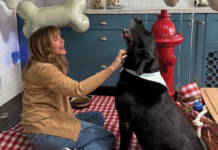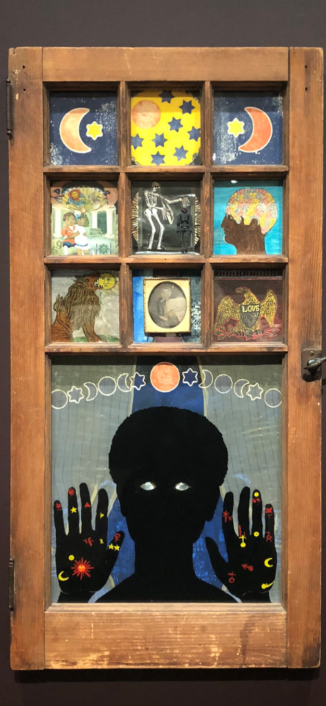One of the biggest barriers to my mental health has been the idea of being “right” or “wrong”. I mean being as the literal definition –“the nature or essence of a person” (Google/Oxford Languages). And “right” or “wrong”, not in the sense of possessing verifiably correct or incorrect knowledge, but in how I am perceived. Do I naturally embody and perform societally appropriate behavior, aesthetics, tastes, or the requirements necessary for external validation? As a long-time people pleaser, I had long inverted the equation that external validation =internal validation and spent the majority of my energy trying to get everything just “right”.
In the summer of 2012, I visited the Metropolitan Museum of Art (MOMA) in New York on a girl’s trip. I had been to art museums before, but usually as a function of my job and I had never thought much about viewing art aside from commercialized classics like Andy Warhol’s Campbell’s soup cans or the Funeral Procession on the Cosby Show. While at the museum, I will never forget seeing a piece that was (as I remember) busted and painted cat litter bags piled in a corner on some wood pallets. And it pissed me off. Surprisingly so. I was so glad that admission was free that night because there was no way I would have paid to see that.
Fast forward to the Spring of 2014 and I find myself in a class titled “Art as Consciousness” at my non-traditional, holistic (some would call it “woo woo”) graduate school. It was a required course. It was the perfect container to vent my still very palpable feelings from two years prior. In fact, I wrote about it in one of my first writing assignments:
I visited the New York Modern Museum of Art in the summer of 2012 and I was immensely unimpressed and annoyed during my visit. It seemed like a bunch of crap that made absolutely no sense and it was enraging to think that I was unable to understand it. It felt insulting; that I was missing the “point” of junk, so it was easier to go on the offensive and talk down about the art, the artists, and the art establishment that praised and promoted it. It was like a snotty, self-congratulatory cult of ridiculousness and I was calling shenanigans.
Each week in the class, our professor asked us to take time each day to view and contemplate a different piece of art—traditional, modern, abstract, and performance—not from a place of expected understanding and appreciation but from a place of individual participation.
Before this class, my immediate confusion and lack of interpretation when it came to something I assumed everyone (who mattered, anyway) was supposed to “get” created a disturbing level of disassociation which was the exact reason I could not personally relate to the art. And the lack of understanding was so uncomfortable and threatening to my sense of “right” self that my only response was anger, as opposed to curiosity or even accepting my seeming artistic limitations without self-incrimination.
‘When we truly read…we do so as if the text (the piece of music, the work of art) incarnates…a real presence of significant being’ (George Steiner, Second City).
The experience of this class helped me to engage art fully, as a creation imbued with inherent spirit. Art invites each individual specifically into a sacred and subjective relationship with the artist, the muse, and one’s self. Which makes the existence of one generic “right” way to experience or interpret it impossible.
Art is both personal and transcendent. When it comes to maintaining my mental health, this is what I keep coming back to. The need to be “right” and seek approval outside of myself leaves no room for mindful presence and strips away the possibility of achieving my true desire for sacred participation and connection. So now every time I see a bag of cat litter or some rotted wood pallets, I say a quick prayer of gratitude.
Story Credit: Shanna Houser



































